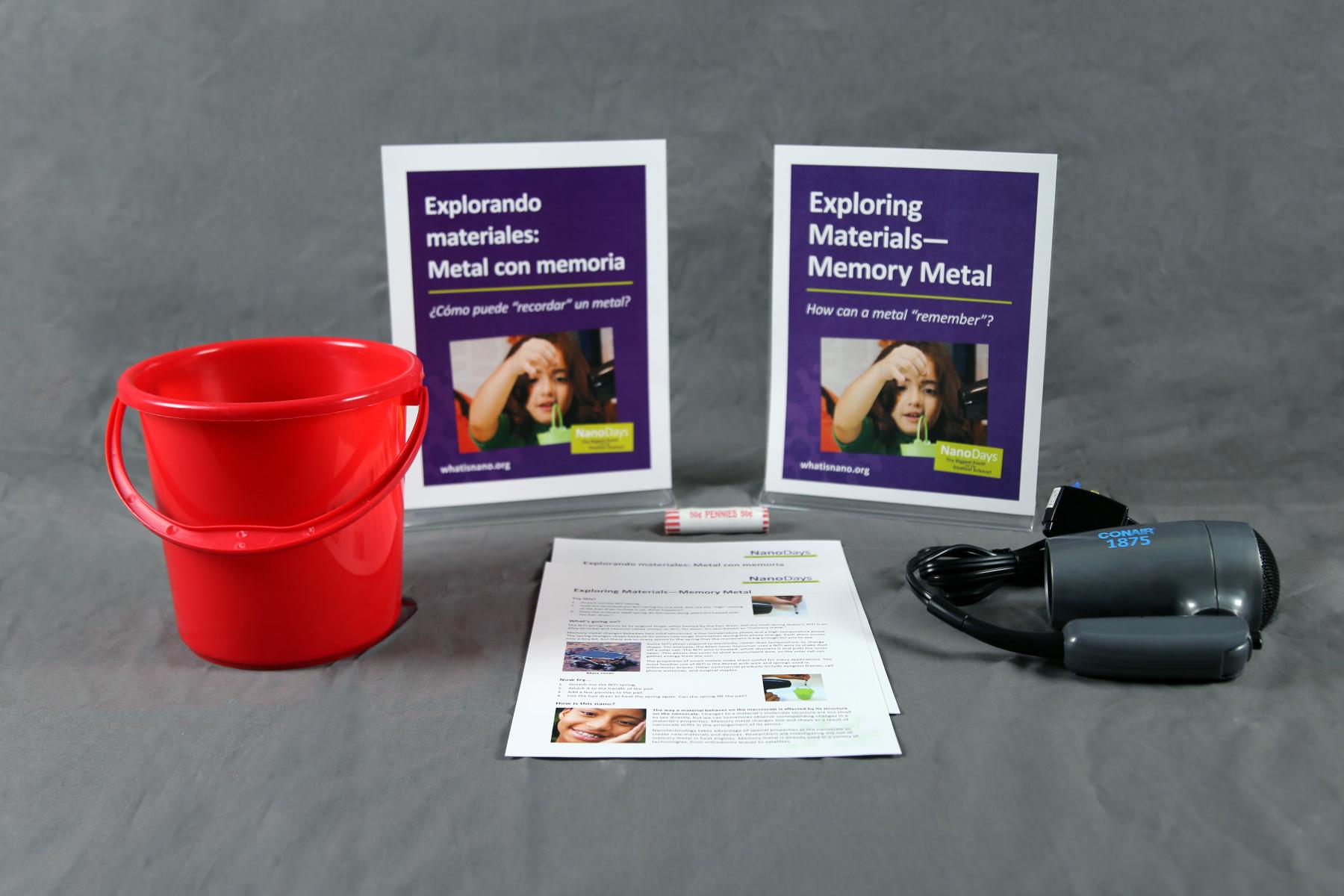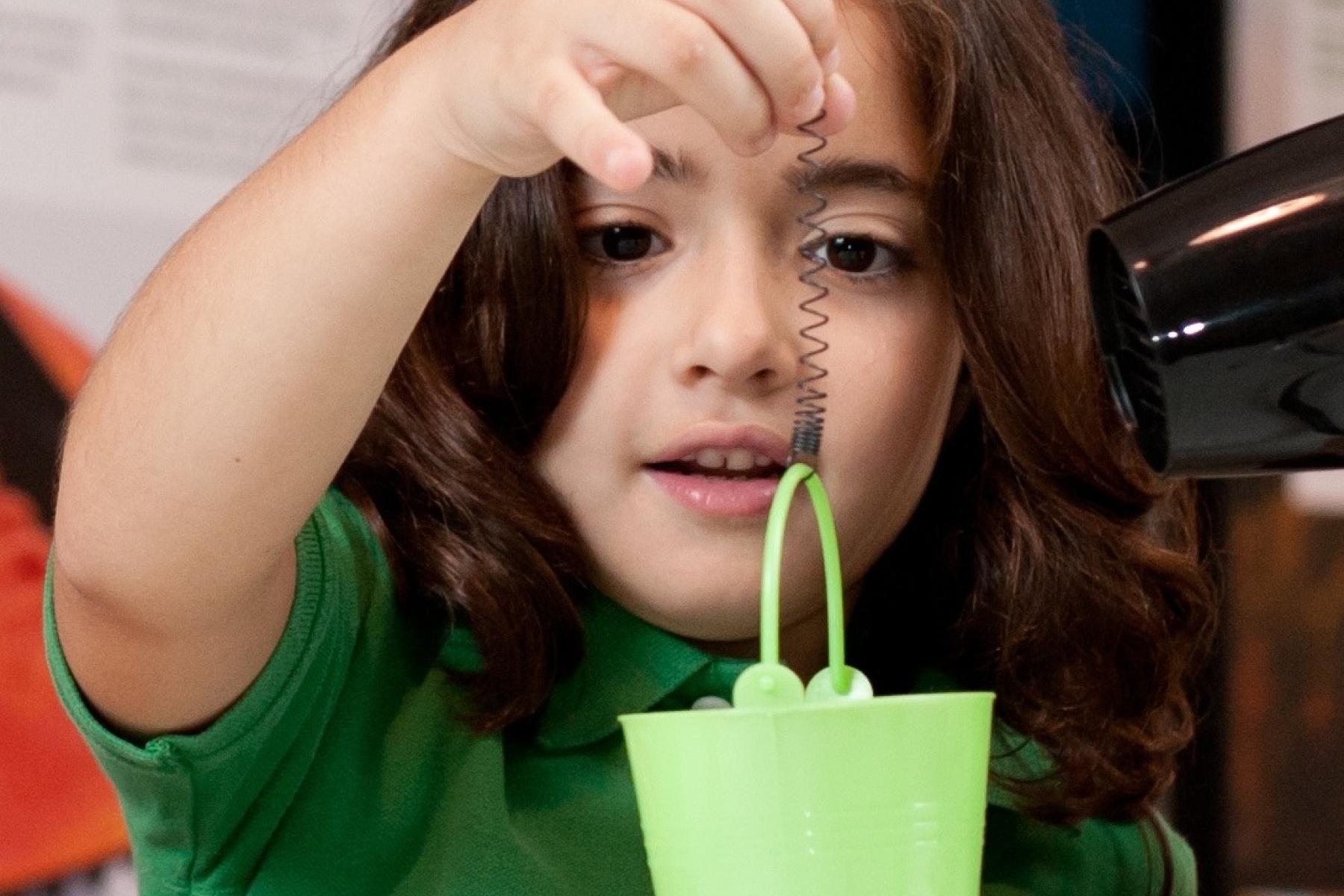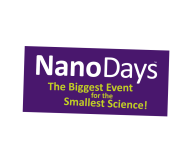DESCRIPTION
"Exploring Materials - Memory Metal" is a hands on activity in which visitors compare the properties of a memory metal spring to an ordinary spring. They learn that the way a material behaves on the macroscale is affected by its structure on the nanoscale.
DESCRIPTION
"Exploring Materials - Memory Metal" is a hands on activity in which visitors compare the properties of a memory metal spring to an ordinary spring. They learn that the way a material behaves on the macroscale is affected by its structure on the nanoscale.
TRAINING VIDEOS
OBJECTIVES
BIG IDEA
The way a material behaves on the macroscale is affected by its structure on the nanoscale.
LEARNING GOALS
The way a material behaves on the macroscale is affected by its structure on the nanoscale.
Memory metal changes size and shape as a result of nanoscale shifts in the arrangement of its molecules.
NANO CONTENT MAP
Scientists and engineers have formed the interdisciplinary field of nanotechnology by investigating properties and manipulating matter at the nanoscale.
Nanoscience, nanotechnology, and nanoengineering lead to new knowledge and innovations that weren't possible before.
Credits
Sciencenter
Developed for the NISE Network with funding from the National Science Foundation under Award Numbers 0532536 and 0940143. Any opinions, findings, and conclusions or recommendations expressed in this product are those of the authors and do not necessarily reflect the views of the Foundation.
Creative Commons Attribution Non-Commercial Share Alike 3.0 United States (CC BY-NC-SA 3.0 US).
View more details

NISE Network products are developed through an iterative collaborative process that includes scientific review, peer review, and visitor evaluation in accordance with an inclusive audiences approach. Products are designed to be easily edited and adapted for different audiences under a Creative Commons Attribution Non-Commercial Share Alike license. To learn more, visit our Development Process page.



